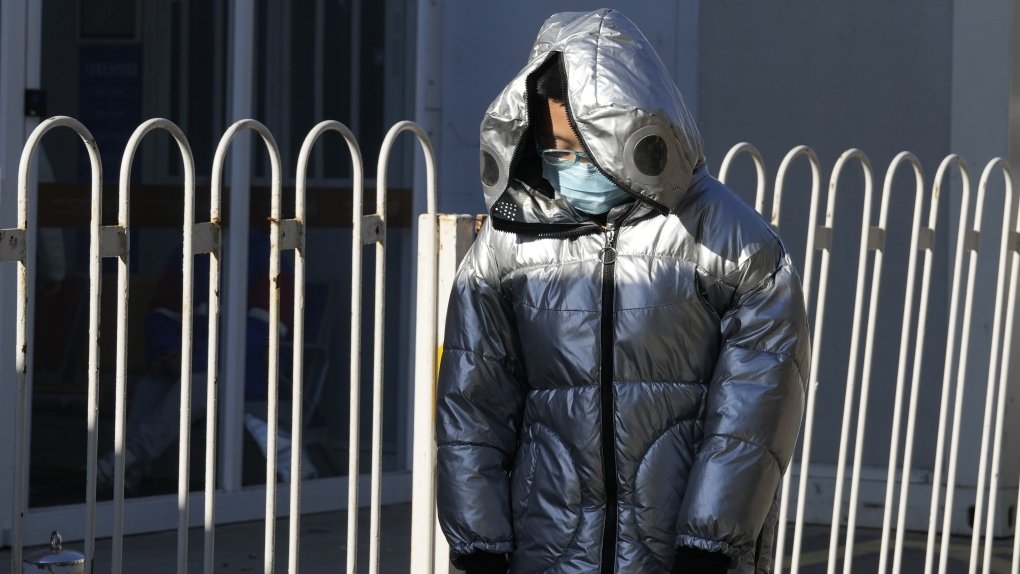Beijing –
A spike in respiratory illnesses across China that has attracted the attention of the World Health Organization is not caused by a new virus, but by influenza and other known pathogens, the country’s Health Ministry said on Sunday.
Recent clusters of respiratory infections are caused by the overlap of common viruses, such as influenza virus, rhinovirus, respiratory syncytial virus, and adenovirus, and bacteria, such as Mycoplasma pneumoniae, a common cause of respiratory tract infections . A spokesperson for the National Health Commission said.
As the country faces a wave of respiratory illnesses as it enters its first full-fledged winter since COVID-19 restrictions are lifted, the ministry is urging local governments to open more fever clinics and help children and children. He called for accelerating vaccinations for the elderly.
“Efforts should be made to increase the opening of relevant clinics and treatment areas, extend clinic hours, and increase the supply of medicines,” ministry spokesperson Mi Feng said.
He advised people to wear masks and called on local governments to focus on preventing the spread of the disease in crowded places such as schools and nursing homes.
Earlier this week, the WHO formally requested China to provide information on a worrying spike in pediatric respiratory illnesses and cluster pneumonia, as cited in multiple media reports and global infectious disease surveillance services. .
The emergence of new influenza strains and other viruses with the potential to cause pandemics typically begins with an outbreak of undiagnosed respiratory illness. Both SARS and COVID-19 were first reported as rare types of pneumonia.
Earlier this month, Chinese authorities blamed the rise in respiratory illnesses on the lifting of COVID-19 lockdown restrictions. Other countries have also seen a surge in respiratory illnesses, including respiratory syncytial virus, after pandemic restrictions ended.
The WHO said Chinese health officials provided the data requested in a conference call Thursday. These studies showed that since October, hospitalizations of children due to illnesses such as bacterial infections, respiratory syncytial virus, influenza, and cold viruses have increased.
According to the WHO, Chinese authorities insisted that the country’s hospitals were not overburdened by the surge in patients.
The UN health agency rarely publicly requests more detailed information from countries; such requests are usually made internally. The WHO said it had requested further data from China through international legal mechanisms.
China’s internal reports say hospitals in parts of northern China, including Beijing, are overwhelmed by the outbreak, and health authorities are urging citizens to bring children with mild symptoms to clinics and other facilities. I’m calling out.
WHO said there is currently too little information to adequately assess the risk of reported pediatric respiratory disease cases.
Both Chinese authorities and the WHO have been accused of a lack of transparency in early reporting on the coronavirus disease (COVID-19) pandemic, which began in the central Chinese city of Wuhan in December 2019.

